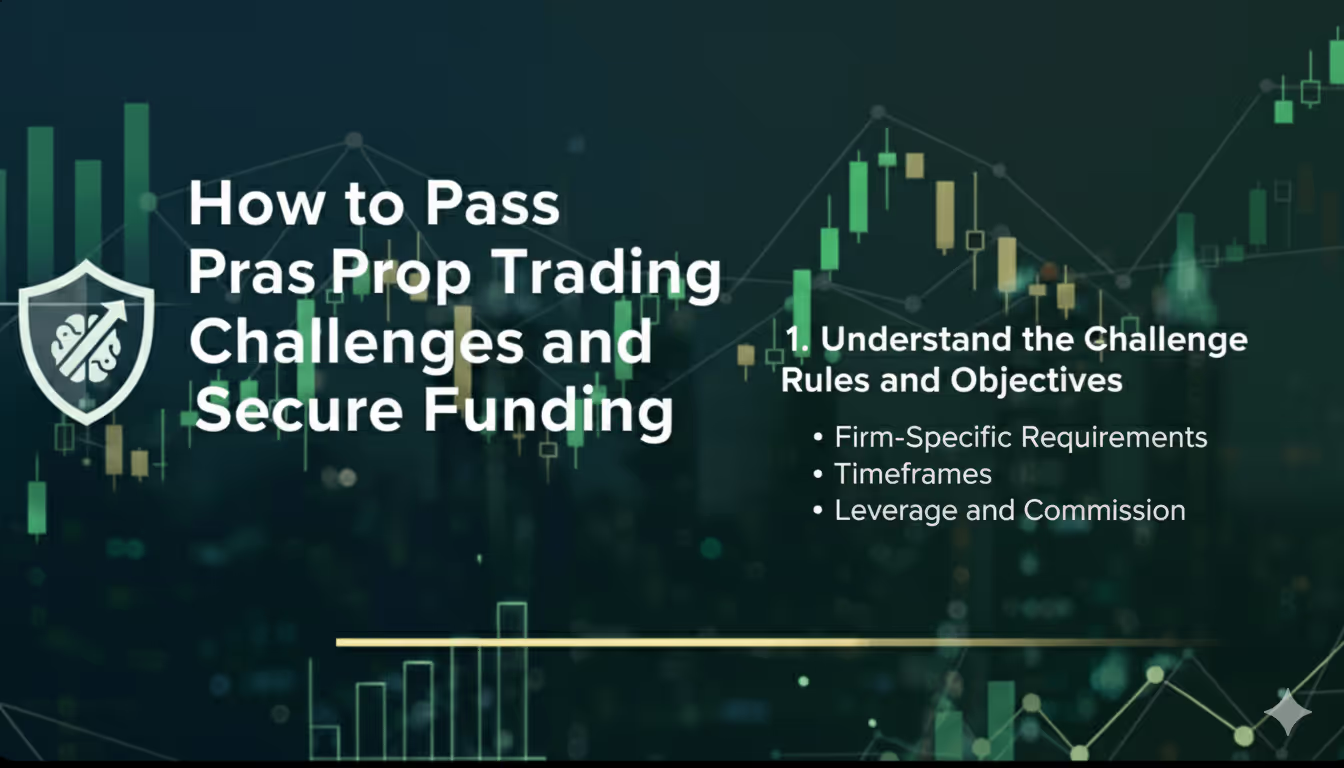How to Pass Prop Trading Challenges and Secure Funding


Prop trading challenges are a critical step for traders seeking access to capital through prop trading firms. These evaluations test a trader’s ability to generate consistent profits, manage risk effectively, and adhere to strict trading rules. Successfully passing these challenges opens the door to prop trading funding and even prop trading instant funding for top performers. Traders aiming to join the best prop trading firms must not only rely on strategy but also master analytical tools, risk management techniques, and discipline. Knowledge of data analysis and charting tools is often the difference between passing a challenge and falling short.
A prop trading challenge is a simulated or monitored evaluation designed by prop trading firms to assess a trader’s skill and risk management. Challenges typically involve:
Prop trading firms design these challenges to mirror real-market conditions, ensuring that traders who pass can handle live capital responsibly. Understanding the structure and expectations is the first step toward success.
Different trading prop firms have varied challenge rules. Common requirements include:
Traders should always review the specific rules for the prop trading firm they are targeting, as violation of any rule can disqualify them even if profit targets are met.
Passing prop trading challenges begins with a detailed and disciplined trading plan. Key components include:
For guidance on optimizing strategies, traders can refer to Day Trading vs. Swing Trading: Which Works Best in Prop Firms?, which helps in aligning strategy with challenge requirements.
Effective use of data analysis and charting tools is crucial in monitoring trades and identifying opportunities. Platforms like TradingView, TrendSpider, and WealthCharts provide real-time data, backtesting, and pattern recognition features.
These tools help traders meet prop trading firm standards by:
Proper integration of tools can significantly increase the likelihood of passing prop trading challenges and qualifying for prop trading funding.
Before attempting a challenge, traders should practice using demo accounts that mimic live market conditions. This step allows:
Simulation builds the discipline needed to comply with prop trading instant funding requirements and avoid common pitfalls outlined in Key Challenges and Risks in Prop Trading You Must Know.
Risk management is the backbone of any successful prop trading challenge. Traders must:
Discipline ensures that traders meet prop trading firm expectations, which is essential to secure funding and maintain eligibility for larger accounts.
Not all trading prop firms are the same. Consider the following when choosing a firm:
Selecting a firm that aligns with your skills increases the chance of success in prop trading challenges and long-term profitability.
To secure prop trading funding, follow a structured approach:
Traders can refer to How to Get Funded by a Prop Trading Firm: Step-by-Step Guide for a comprehensive walkthrough of funding procedures.
Passing challenges is just the first step. To build a sustainable career:
Insights from Prop Trading Careers: How to Build a Successful Trading Career can help traders develop long-term skills and maintain funding access.
Successfully passing prop trading challenges requires a combination of discipline, strategy, and the right tools. By mastering data analysis and charting tools, following strict risk management, practicing rigorously, and selecting the right prop trading firm, traders can secure prop trading funding and position themselves for long-term success. For traders ready to take the next step, Vantir provides professional prop trading firm support, resources, and funding opportunities designed to help traders excel in every challenge.